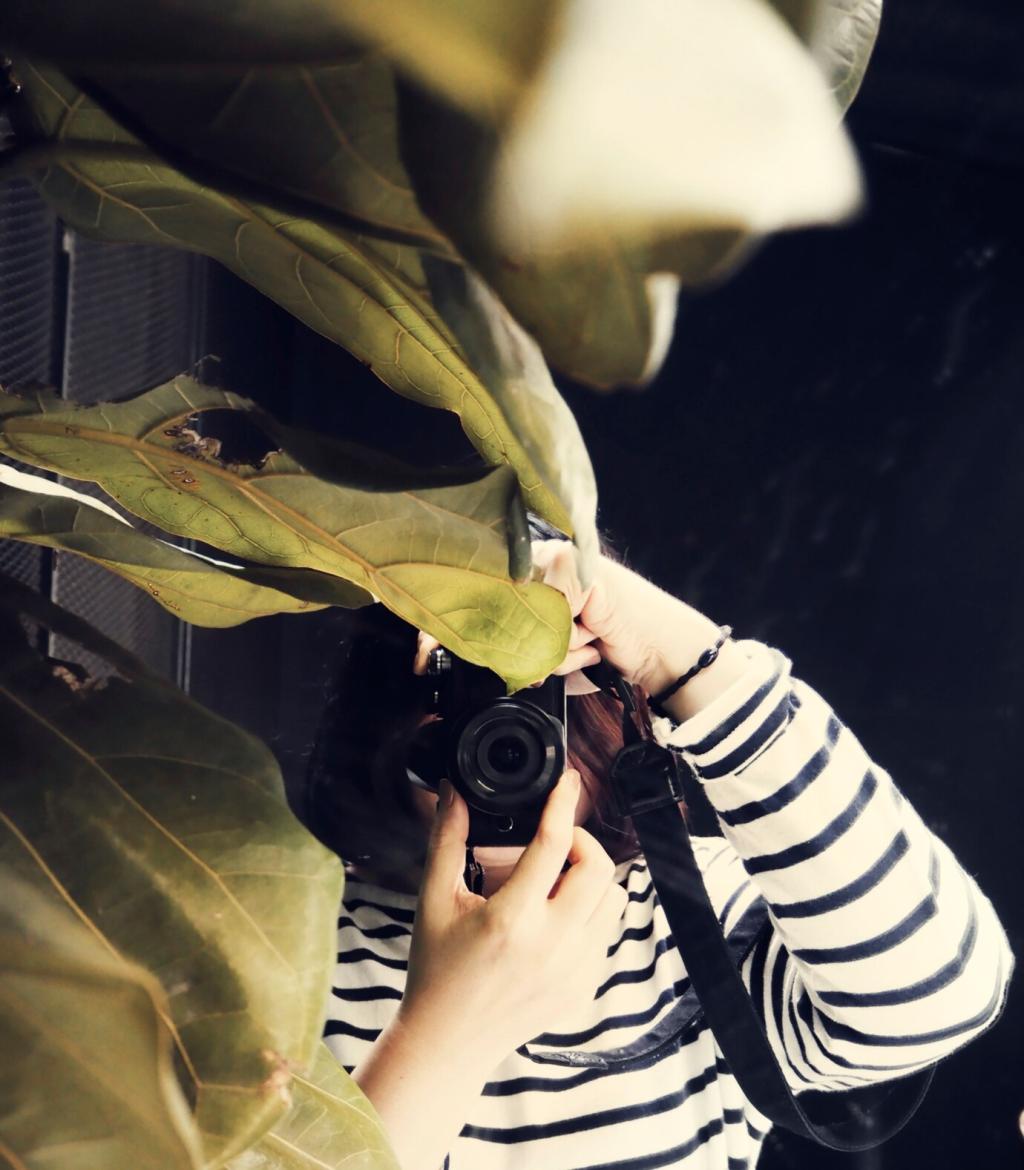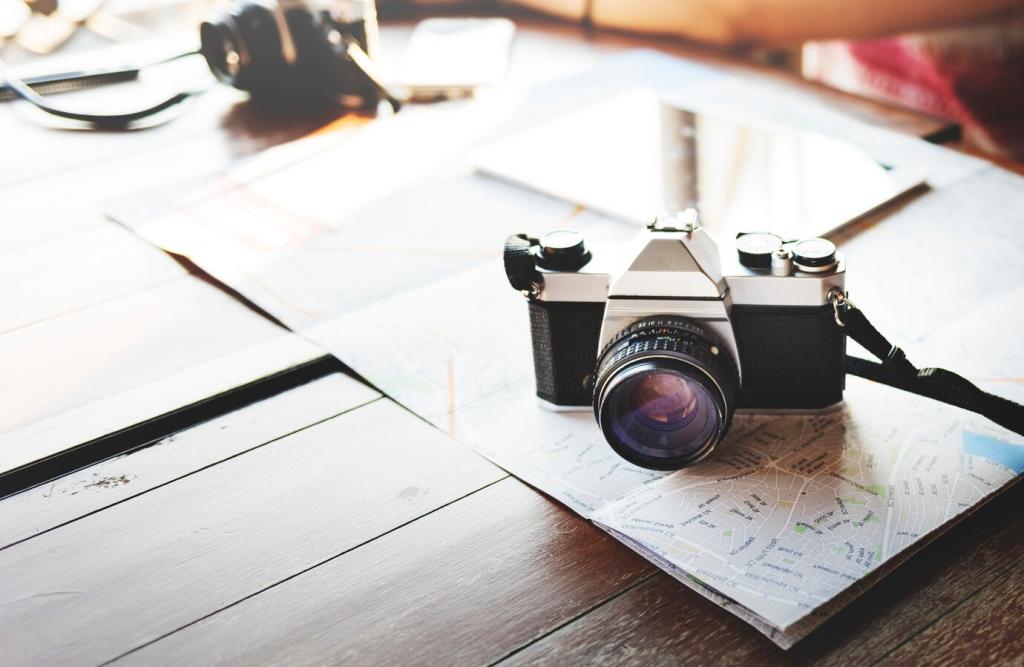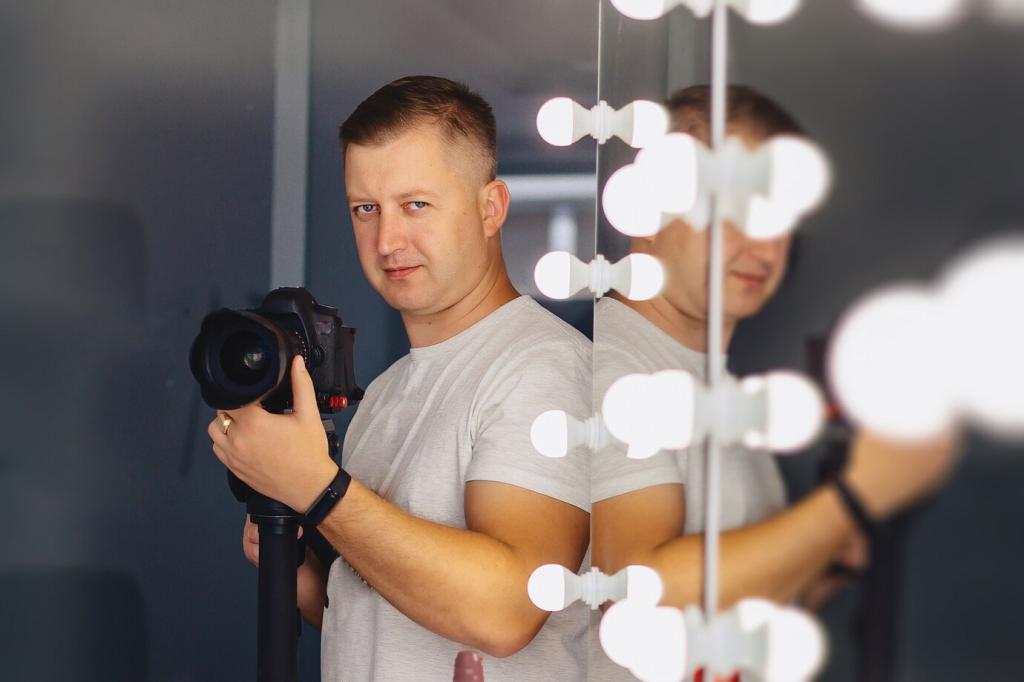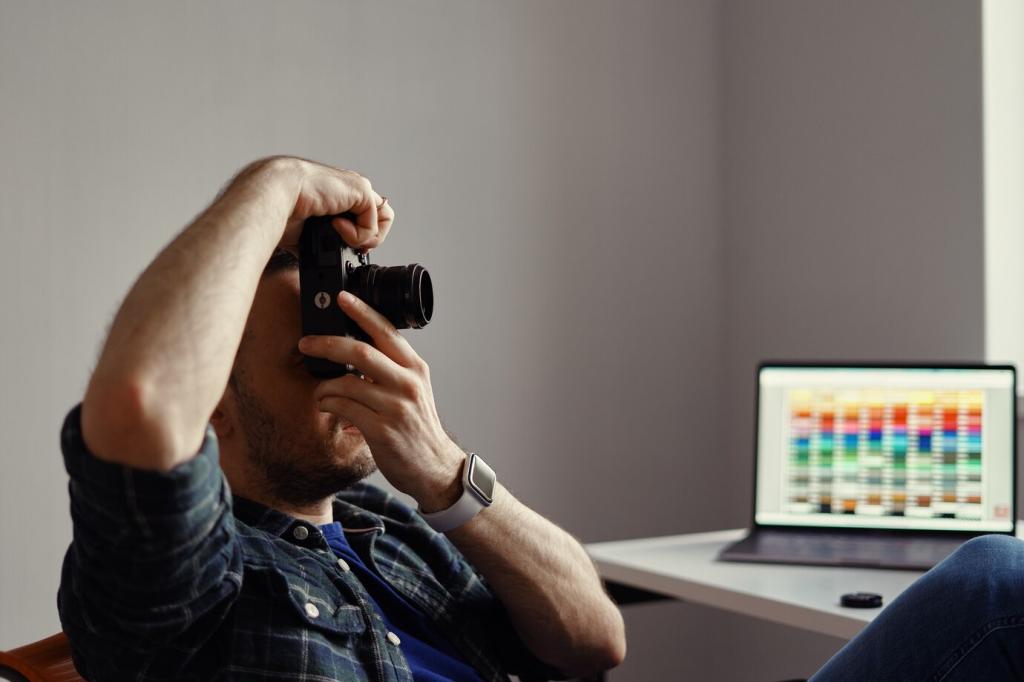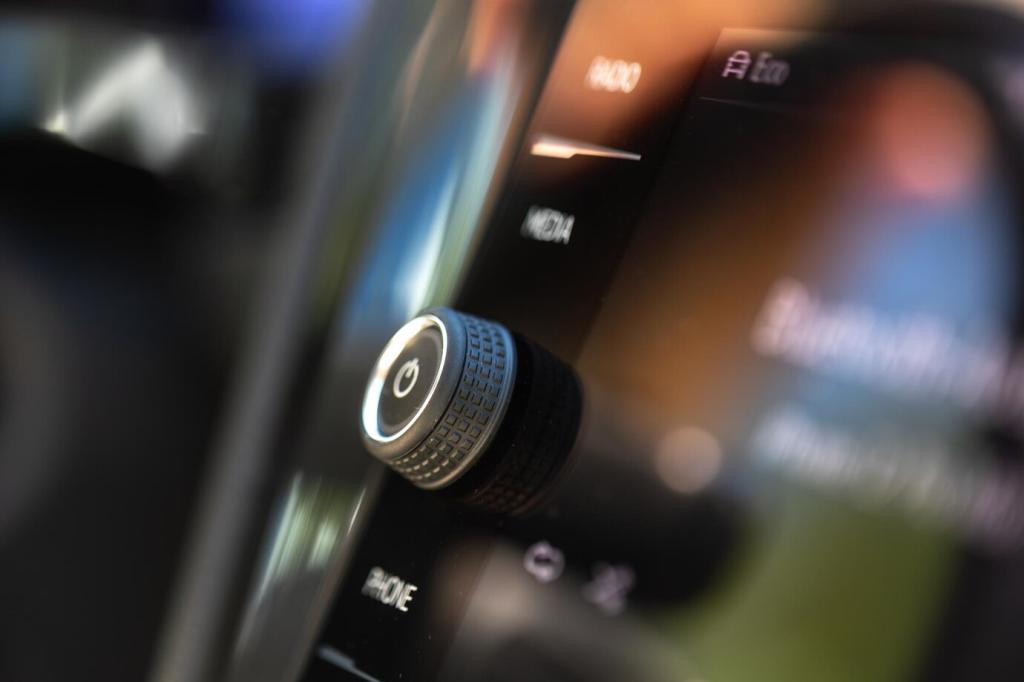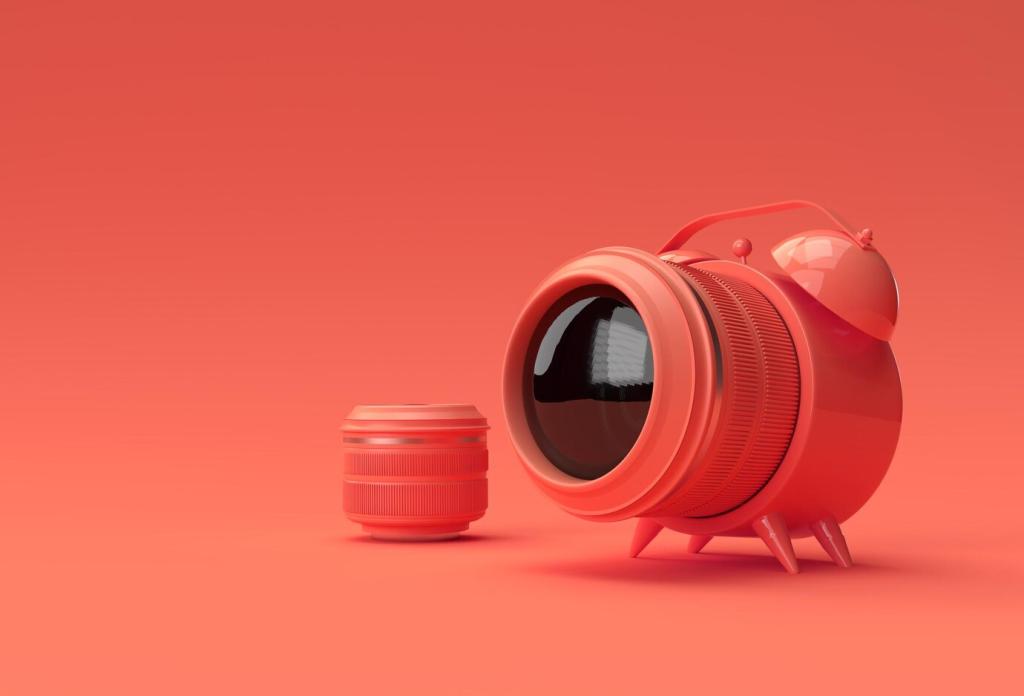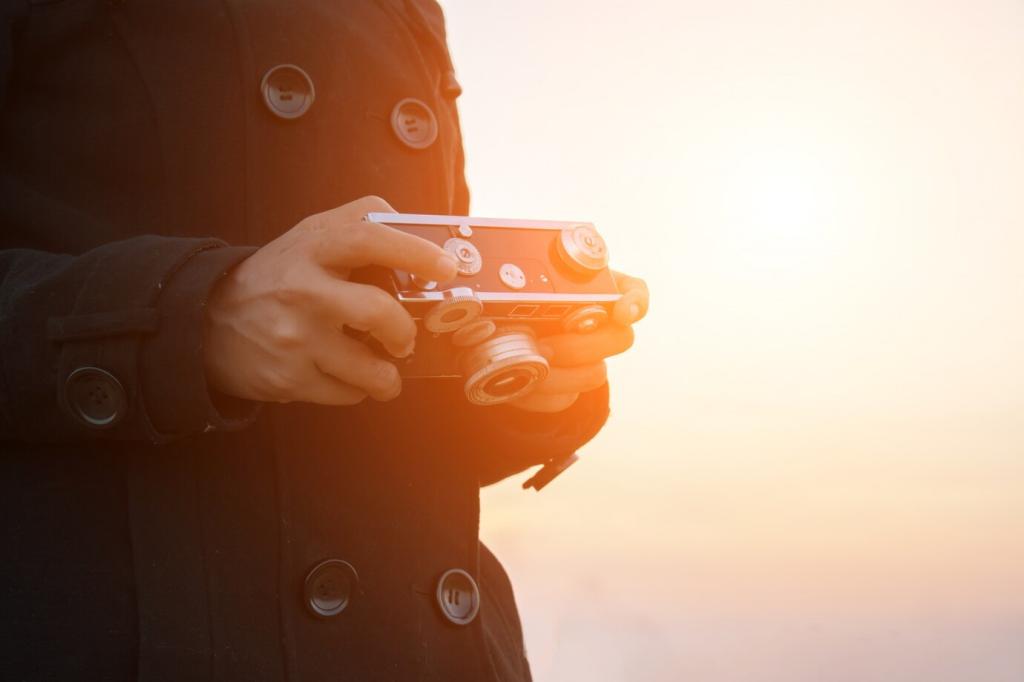Megapixels Unmasked: What Big Numbers Actually Deliver
Megapixels count recorded points, not guaranteed detail. If your lens, sensor, and processing cannot resolve fine texture cleanly, extra pixels just make larger files, not sharper photos. Resolution is a chain; weakest links decide results.
Megapixels Unmasked: What Big Numbers Actually Deliver
Modern phones combine several tiny pixels into one bigger pixel for better light capture. You get cleaner, smaller files, often with more pleasing tones. Full-res modes skip binning, but can amplify noise and highlight processing limitations.


